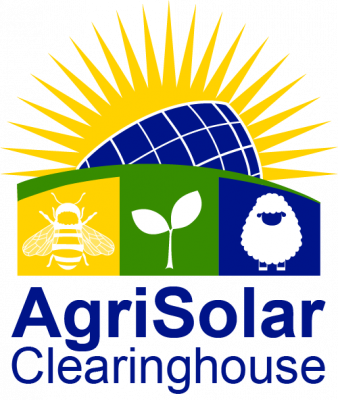This research delves into the nuanced dynamics influencing photocurrent generated in bifacial photovoltaic modules within the framework of agrovoltaic applications.
This article presents a comprehensive review of the fundamental parameters that underpin agrivoltaic systems. Focusing on the latest research, this review examines the challenges and opportunities intrinsic to the implementation of agrivoltaic energy systems, paying particular attention to the various parameters that contribute to their performance. These parameters encompass a range of factors such as heat islands, shading factors, and surface energy budget. The review underscores the importance of considering a diverse array of parameters when developing agrivoltaic energy systems to optimize their efficiency and effectiveness.
his work simulates the behavior of solar irradiance and its interaction with photovoltaic panels and the crop, as well as possible shading, in a photovoltaic plant to study its potential reconversion into an agrivoltaic installation.
This study simulates the energy production, crop productivity and water consumption impacts of agrivoltaic array design choices in arid and semi-arid environments in the Southwestern region of the United States.
This work contributes to agrivoltaic design methodology through a digital replica and genomic optimization framework which simulates light rays in a procedurally generated agrivoltaic system at an hourly timestep for a defined crop, location and growing season to model light absorption by the photovoltaic panels and the crop.
This study focused on the photosynthetic photon flux density and employed an all-climate solar spectrum model to calculate the photosynthetic photon flux density accurately on farmland partially shaded by solar panels and supporting tubes. This study also described an algorithm for estimating the photosynthetic photon flux density values under solar panels.
This work contributes to agrivoltaic design methodology through a digital replica and genomic optimization framework which simulates light rays in a procedurally generated agrivoltaic system at an hourly timestep for a defined crop, location and growing season to model light absorption by the photovoltaic panels and the chosen tomato crop.
This article provides a bibliometric analysis of agrivoltaic topics based on 121 publications indexed in SCOPUS, in which either economic assessments of agrivoltaics, agrivoltaic systems for crops and livestock animals, photovoltaic greenhouse and agrivoltaics with open field are discussed, or its ideas are used to analyze certain locations.
This article posits that in order to optimize agrivoltaic systems for crop growth, energy pathways must be characterized. While solar panels shade crops, they also emit longwave radiation and partially block the ground from downwelling longwave radiation. The authors suggest that a deeper understanding of the spatial variation in incoming energy would enable controlled allocation of energy in the design of agrivoltaic systems. This paper also presents a model to quantify the downwelling longwave energy at the ground surface in an agrivoltaic array and demonstrates that longwave energy should not be neglected when considering a full energy balance on the soil under solar panels.
When installing photovoltaic panels on agricultural land, one of the most important aspects to consider are the effects of the shadows of the panels on the ground. This study presents a valid methodology to estimate the distribution of solar irradiance in agrivoltaic installations as a function of the photovoltaic installation geometry and the levels of diffuse and direct solar irradiance incident on the crop land.
